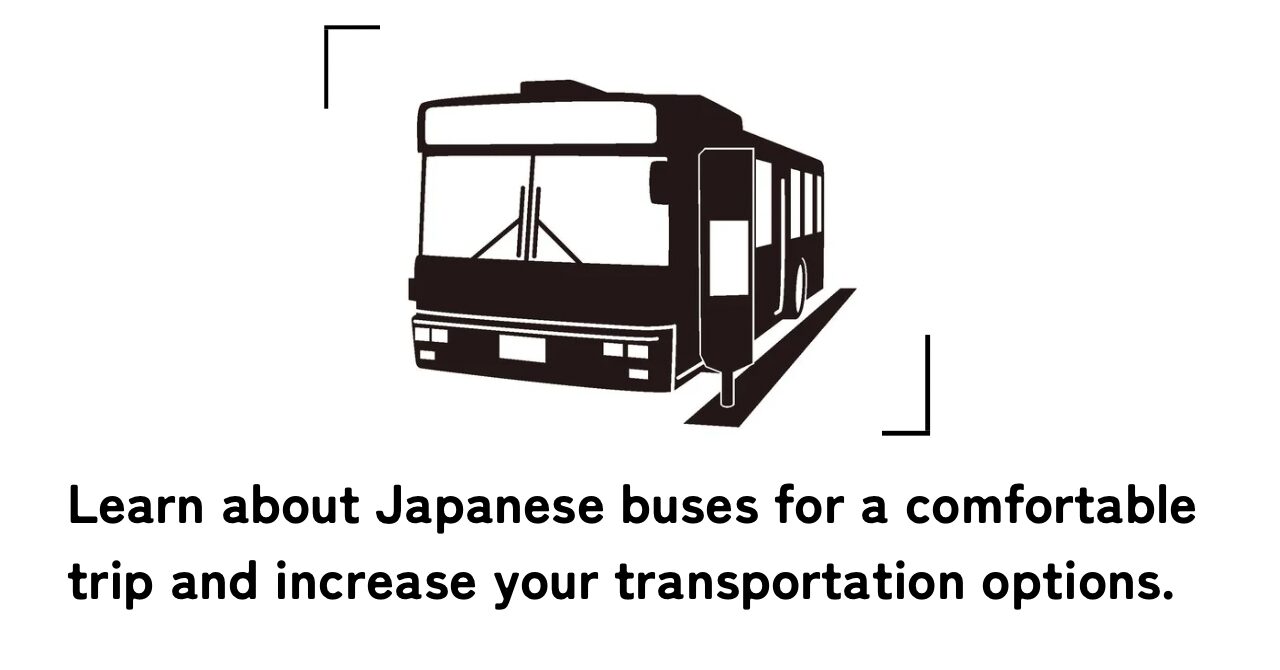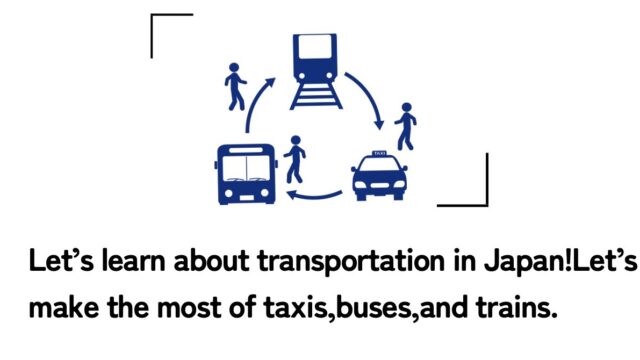What should I do if it’s my first trip to Japan and I’m using a bus?”
Everyone is a little nervous about taking a bus on your first trip to Japan. But don’t worry! In fact, taking a bus is very simple and anyone can use it easily.
In this article, we will talk about buses. For first-time bus users, we will explain in detail how to ride a bus and what to look out for. By using buses, you can enjoy sightseeing spots in Japan more conveniently! Rest assured, you will enjoy your trip to Japan by bus.
Types of Buses
Buses are used for a variety of purposes as a means of transportation in Japan. They are indispensable for getting around: route buses, sightseeing buses, and shuttle buses.
First, we will explain the differences between these types of buses.
Route Buses
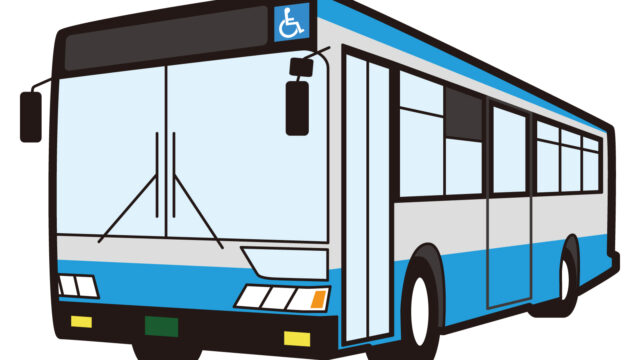
Local buses are public transportation systems that connect towns and cities. They are used for commuting to and from school and work, as well as for shopping and sightseeing. Most of the buses seen in town are route buses, making them the most familiar buses. Those that operate mainly on general roads and express buses that mainly travel on highways are also a type of route bus.
In general, buses can be boarded and alighted at bus stops or terminals, and operate according to a fixed route and timetable. Route buses are used by many people and are relatively inexpensive.
Sightseeing buses
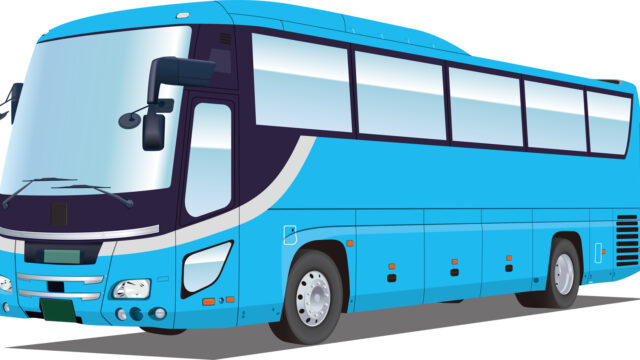
Sightseeing buses are buses used primarily for sightseeing and travel destinations. Sightseeing buses are a convenient means of transportation for tourists and travelers, as they offer dedicated tour courses and sightseeing spots. Sightseeing buses may have guides on board to provide information on tourist attractions, history, and culture. Basically, the bus is chartered.
Inside the bus, the seats are spacious, making it comfortable even on long journeys. In addition, dedicated parking lots and boarding and alighting areas are provided, reducing stress related to transportation.
Pick-up bus
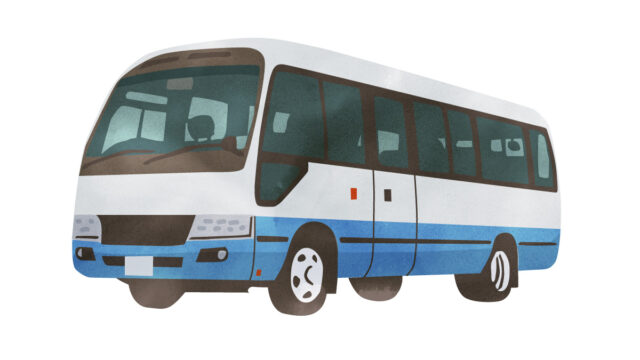
Shuttle buses are used to take visitors from a specific location to their destination. These buses are mainly provided by the facility and are used for the facility’s users. For example, they are used to transport passengers from airports and hotels to city or event venues. Shuttle buses are an easy and convenient way to get from hotels near the airport to the airport.
Route buses, sightseeing buses, and courtesy buses each have their own characteristics and advantages. Route buses run frequently and are convenient for daily transportation. Sightseeing buses are used at sightseeing spots and travel destinations and offer comfort and security. Shuttle buses are characterized by convenience and safety, as they provide smooth transportation from a specific location to a destination.
Bus Size
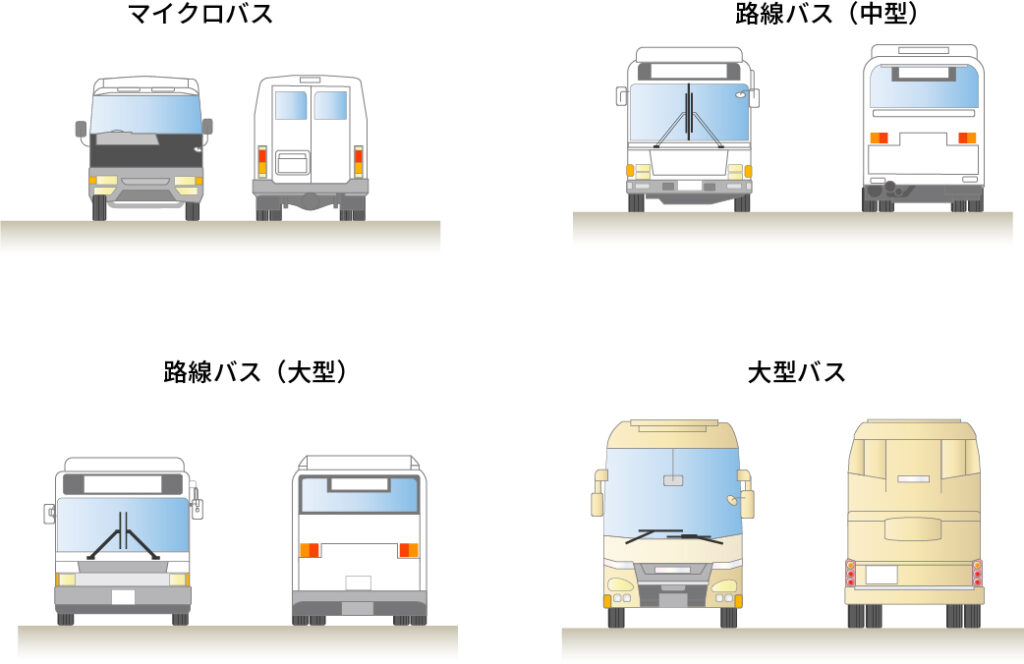
Next, we will discuss the different sizes of buses.
Buses are a distinctive form of transportation characterized by their large bodies, but in fact there are many different types of buses. There are three main types: large, medium, and small, each of which has its own characteristics. Let’s take a look at the characteristics of each type of bus.
Large buses
As the name suggests, large buses are characterized by their large bodies. They are generally used in sightseeing buses and highway buses. They can carry many passengers and mainly travel long distances and on highways.
They have high seats and are equipped with space for storing a lot of large luggage under the seats. Seats about 45-50 passengers (depends on the type of vehicle).
Medium-sized buses
Medium-sized buses have bodies that are intermediate in size between large and small buses. They are mainly used in route buses and regional buses.
Because they are more compact than large buses, they are easier to drive on narrow roads and at intersections, making them suitable for urban transportation. It has about 27~40 passenger seats.
Small buses
As the name suggests, small buses are characterized by their small bodies. They are mainly used as transportation for small groups and organizations, and are often seen at tourist spots and events. They are suitable for narrow roads and mountainous areas. Seating capacity of 22~29 passengers.
Japan has a variety of roads, from wide to narrow and winding. Bus sizes are selected based on route, road conditions, and convenience.
Bus Fares and Bus Entrances
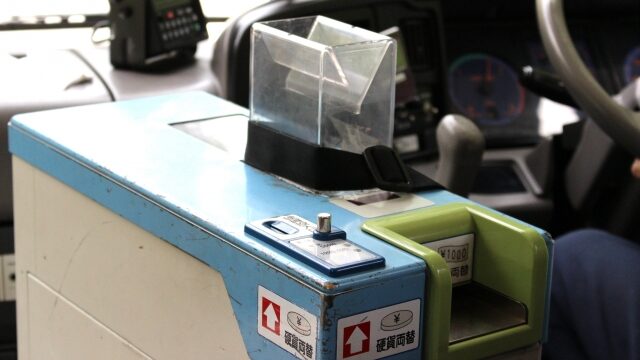
It is important to know how to pay bus fares and the fare structure. Here we will explain the different fares and how they can be paid. Please refer to this information when using the bus.
Difference between flat fare and distance-based fare
There are two types of bus fares: fixed fares and distance-based fares.
Flat-rate
Flat-rate is a system that allows you to use a bus by paying a predetermined amount of money. The fare is the same regardless of the time or distance of the ride, as long as it is within a certain distance or area. Fixed fares may vary depending on the time of day or day of the week, so it is important to check in advance.
Fare by Distance
Fare by distance is a system in which fares are set according to the distance traveled. The distance from bus stop to bus stop is measured and the fare is determined according to the distance ridden. In this sysmte, a short ride may cost less, while a longer ride may cost more. When boarding a bus, be sure to check the fare chart and pay the correct fare.
Differences in boarding entrances
Buses have two boarding exits: the front boarding exit and the middle boarding exit. The front boarding gate is located at the front of the bus for the convenience of passengers. On the other hand, the middle boarding gate is located in the center of the bus and is more convenient during commuting hours or when the bus is crowded.
Front Boarding Exit (Front Door)
This door is located at the front of the bus, next to the driver.Buses with pre-paid fares and buses with fixed fares are generally boarded through this door.The driver is in charge of handling passengers, including payment and ticket confirmation.This system seems to be common in Tokyo and Nagoya.
Center door (center door)
This door is located in the center of the bus, between the front and rear seats.It is mainly installed to facilitate access by wheelchair users and other passengers when the bus is crowded.This is more common on buses with post-fare payment.
These boarding doors may vary depending on the type of bus and vehicle specifications, but the general structure looks like this.
There are three patterns of bus usage. The differences are the location of boarding and alighting, and the method of paying the fare.
| Entrance door | Exit | Pay | |
| A | Center | Front | When getting off |
| B | Front | Center | When boarding |
| C | Front | Front | When getting off |
How to use local buses (if you pay after the fare)
Buses are a convenient means of transportation, and knowing how to use them can help you get around comfortably. Here are some tips and notes on how to ride the bus, get on, get off, and pay.
Finding a Bus Stop
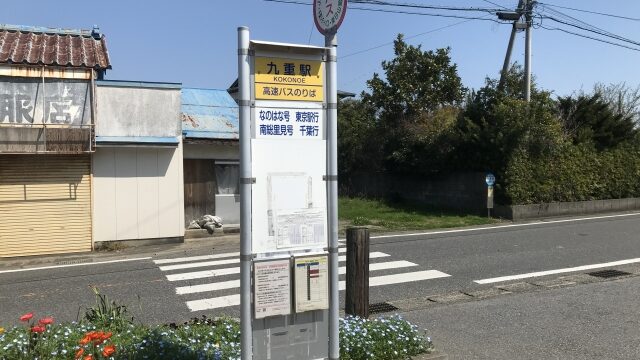
Finding a bus stop is easy. First, look up bus stops around your destination on a map application or website. Bus stops are usually located along roads and marked with a bus stop symbol. The name and number of the bus stop may also be displayed around the bus stop.
At train stations and major tourist attractions, bus stops can be easily found by information signs displaying their locations. However, bus stops in the city are difficult to find without the use of a map application.
Bus schedules and route maps are often posted at bus stops, so it is useful to confirm that you are on the desired route.
Boarding the bus
When you arrive at the bus stop, wait for the bus to arrive. When the bus arrives, board it.
Note that there are differences in payment methods depending on the region and the operating company.
Please refer to this rule as it seems to be applied to most buses in Japan.
| Fare | Entrance door | Timing of payment | Exit |
| Flat-rate | Front door | When boarding | Center door |
| Fare by Distance | Center door | When getting off | Front door |
What to do when boarding the bus
If you can use a transportation system IC card, touch the IC card to the reader when boarding the bus.
If you are paying in cash, take a ticket. The ticket has the number of the bus stop where you boarded. You will need it when you get off the bus, so be sure to take the ticket.
By observing the behavior of the people around you, you may be able to determine which type of payment you need to make. If you are unsure, ask the bus driver.
Once on the bus, you may either sit in your seat or stand until the drop-off point. It is important to behave with other passengers on the bus. Be careful not to bother the people around you, especially if the bus is crowded.
Getting off the bus
To get off the train, listen to the announcement in the train and press the “get off” button in front of your desired stop. In some cases, the announcements are only in Japanese.
In the past, I did not know where to get off, so I told the driver in advance which station I wanted to get off at. Then, the driver stopped at the station I specified and told me where to get off. It may depend on the driver, but it is an effective strategy in unfamiliar areas.
Paying the fare at the time of getting off
If you can use a transportation system IC card, touch the IC card to the payment reader next to the driver’s seat.
If paying in cash, check the required fare on the electronic board above the boarding gate. Here, you will need your boarding pass. First, look for the number on the ticket on the bulletin board. The number displayed below it will be your bus fare.
When paying for the bus, no change is given. If paying in cash, you will need to have the exact amount of the fare ready. There is a money changer near the fare box, so prepare it in advance.
Rules for Buses in Japan
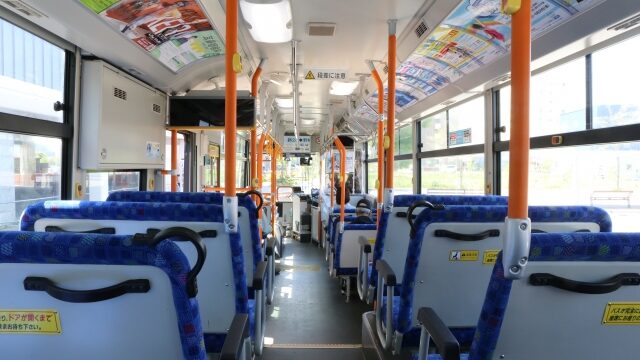
When riding a bus in Japan, you need to follow a few rules. First, before boarding a bus, make sure to stand in line. In Japan, standing in line is common and passengers are expected to keep order with each other.
When boarding the bus, you must inform the driver of your drop-off point. You can let the driver know your drop-off point by pressing a button in front of the bus stop. You can also call out to the driver to let him know that you are getting off the bus.
Do not use cell phones or music players on the bus. You are expected to be quiet to maintain good manners with other passengers. Also, be sure to take your trash home with you. In Japan, it is customary to take your own trash home with you, as there are few trash cans in public places.
Summary
Riding a bus in Japan is simple and the rules are the same as for any other public transportation. Wait for the bus at the bus stop, tell the driver where you want to get off, and pay the fare. Be respectful of other passengers on the bus and try to stay quiet. Using a Japanese bus is a convenient way to explore the city of Japan. We hope you enjoy your time on a Japanese bus!
